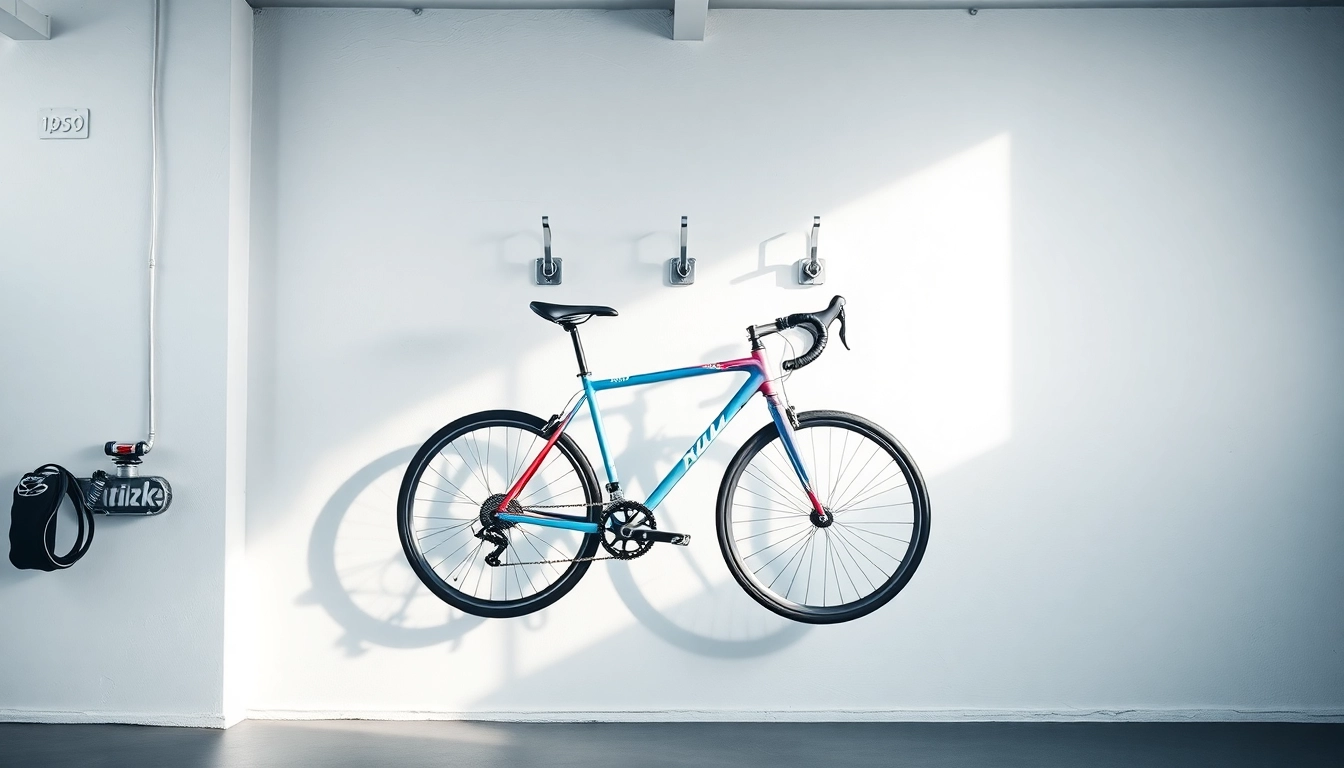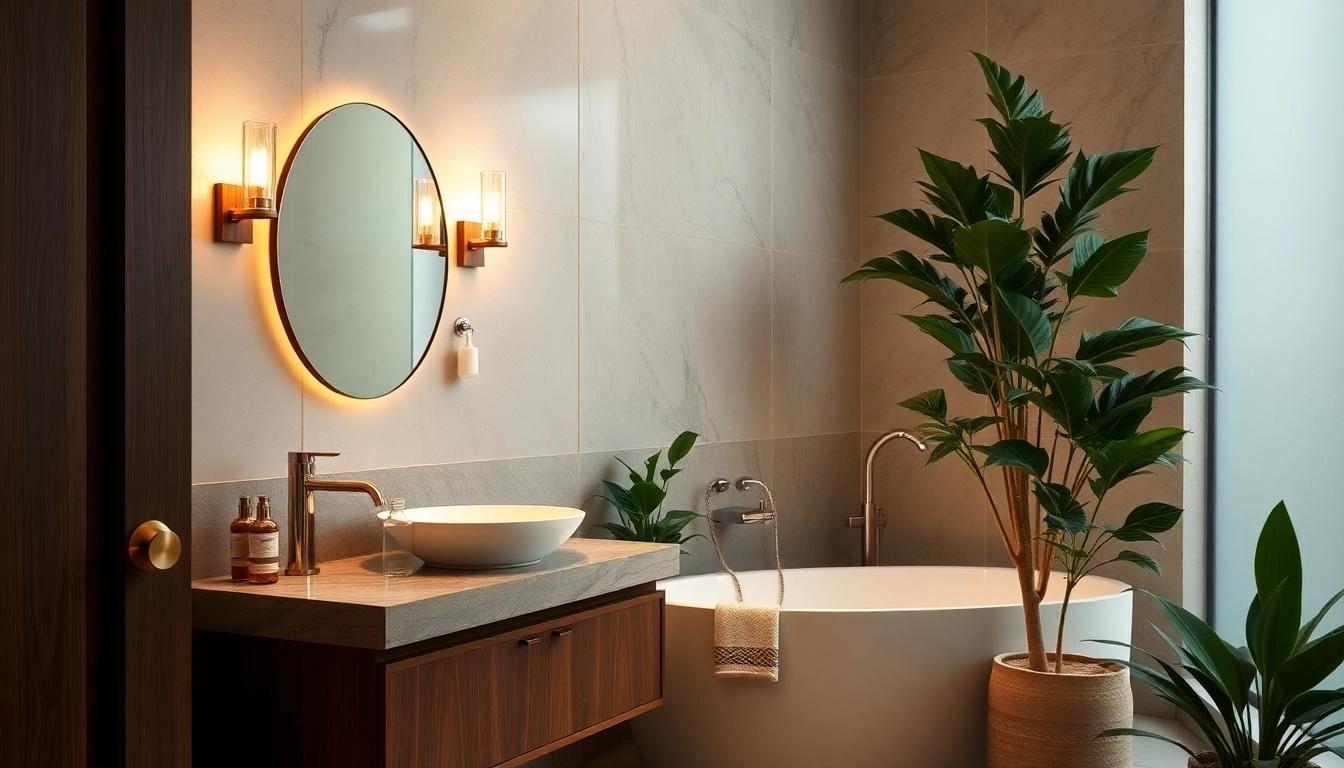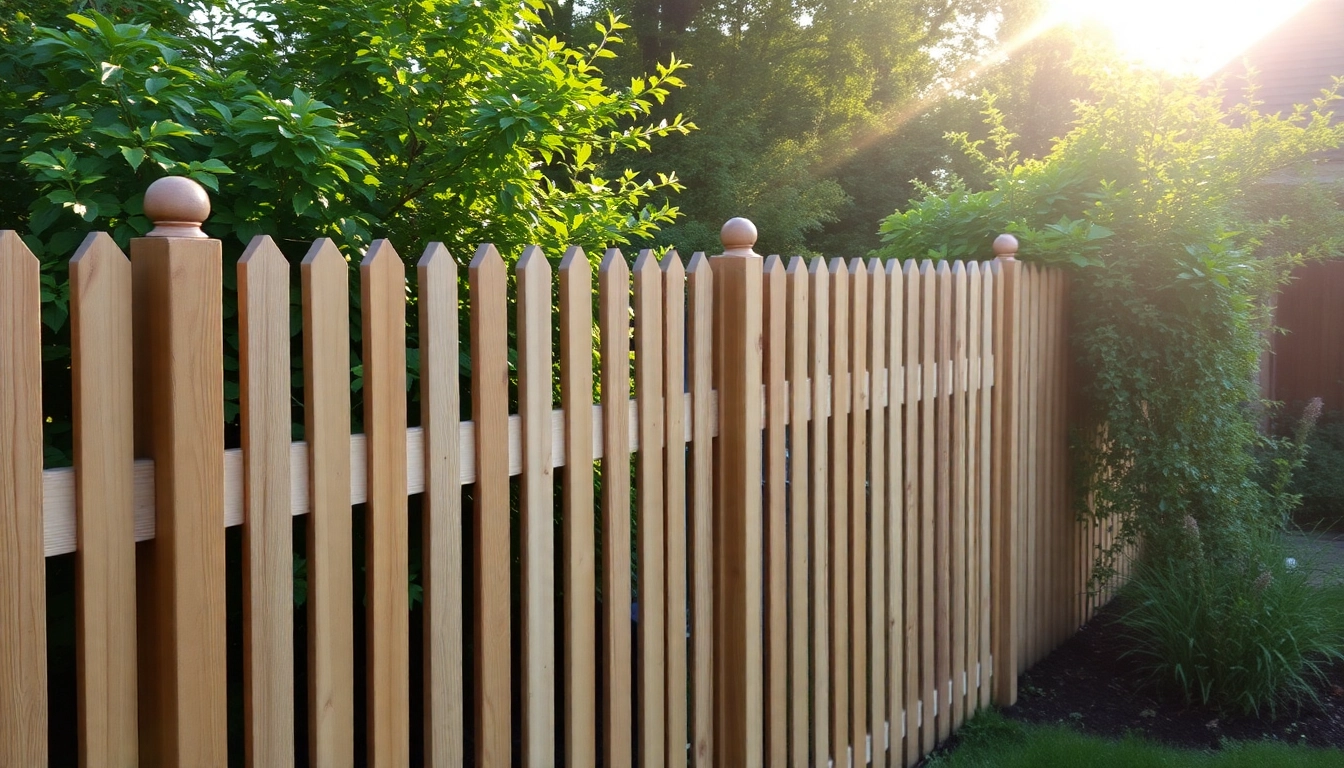Understanding the Benefits of Using a Bicycle Wall Hanger
Why Choose a Bicycle Wall Hanger for Your Storage Needs?
As cycling gains popularity, effective storage solutions are essential for both amateurs and serious cyclists. A Bicycle wall hanger offers a highly practical solution, leveraging vertical space to store bicycles while ensuring they remain accessible. Choosing a wall-mounted option not only helps declutter your home or garage but also protects your investment in your bike, keeping it safe from accidental damage and freeing up floor space for other activities.
Moreover, wall hangers can be tailored to various environments, from tight urban apartments to spacious garages, adapting to your specific needs. With aesthetics being an important consideration for many homeowners, modern bicycle wall hangers can double as attractive design elements, showcasing your bike rather than hiding it away.
Space-Saving Solutions for Small Areas
In urban living, where space is often at a premium, a bicycle wall hanger can help you maximize utility. By hanging your bike on the wall, you can open up valuable floor space that can be used for other purposes, such as storage or additional furniture. Many bicycle wall hangers are designed to allow for horizontal or vertical storage, making them versatile options that can fit into narrow hallways or small rooms.
Additionally, some wall hangers can accommodate multiple bikes, using innovative stacking or folding designs. This space-saving capability enables households with multiple bikes to keep everything organized and tidy without sacrificing the aesthetics of the living space.
Enhancing Your Home Décor with Bike Storage
Modern design sensibilities often favor multifunctional elements that contribute to the decor rather than detract from it. Many bicycle wall hangers now come in stylish designs that can suit various interior styles, from rustic wood finishes to sleek metal frames. A well-placed bike can become a conversation piece, symbolizing an active lifestyle and personal passion.
By selecting a bicycle wall hanger that complements your home’s decor, you can create a cohesive look that integrates seamlessly with your overall design theme, whether that be contemporary, industrial, or minimalist.
Types of Bicycle Wall Hangers: Which One is Right for You?
Horizontal vs. Vertical Bicycle Wall Hangers
Bicycle wall hangers come primarily in two formats: horizontal and vertical. Horizontal hangers support the bike in a position parallel to the wall, often utilizing a sturdy beam or hooks. This type is best suited for a more spacious area where width isn’t an issue, allowing easy access and minimal risk of the bike falling. On the downside, horizontal hangers can require more wall space.
Vertical hangers, on the other hand, suspend the bike perpendicular to the wall, taking up less horizontal space and making them ideal for tighter environments. They often provide greater flexibility in installation and can accommodate multiple bikes in tighter configurations, albeit with slightly more complexity in mounting and balance. The choice between horizontal and vertical storage typically hinges on the available space and personal aesthetic preferences.
Material Options: Wood, Metal, and Beyond
The materials used in bicycle wall hangers can significantly impact durability, appearance, and functionality. Metal hangers are often favored for their strength and modern aesthetic while providing robust support for heavy bikes. Aluminum and steel are common choices, as they can handle significant weights and resist wear over time.
Wooden hangers, on the other hand, introduce a warm, organic feel to any room. They can complement rustic or natural-themed interiors, yet they may require additional care to prevent warping or deterioration, particularly in damp environments. Additionally, composite materials are emerging as an intriguing blend, offering both aesthetics and practicality, albeit at varied price points.
Choosing the Right Weight Capacity for Your Bikes
One of the critical factors to consider when selecting a bicycle wall hanger is its weight capacity. Accurate assessment of your bike’s weight, including any added accessories, is essential for ensuring safe storage. Wall hangers typically come with explicit weight ratings that must be adhered to for effective and safe use.
While several options out there can accommodate lightweight road bikes, heavier mountain or electric bikes may require specialized wall mounts designed to support greater weights. Always check manufacturer specifications and opt for hangers that may provide additional support mechanisms such as multiple attachment points to stabilize weight distribution across the wall structure.
Installation Tips for Your Bicycle Wall Hanger
Preparing the Wall for Installation
Proper installation is crucial to ensure that your bicycle wall hanger functions effectively and safely. Begin by selecting a wall that can handle the weight of your bike and the hanger itself. Ensure that the wall surface is structurally sound; drywall, for example, may require additional backing to support heavy loads.
Once you’ve identified the installation location, consider measuring and marking the desired height for the hanger. This step is vital for aligning the rack with your personal ergonomics and the design of the surrounding space.
Tools You’ll Need for a Successful Mounting
A successful installation requires a specific set of tools, typically including a drill, level, screwdriver, measuring tape, and wall anchors suited to your hanger type and wall composition. For heavier bikes or those hanging from drywall, additional toggle bolts or masonry anchors may be required for enhanced stability.
Before commencing, be sure to refer closely to the manufacturer’s installation instructions to familiarize yourself with any unique requirements or recommendations specific to your hanger model.
Step-by-Step Guide to Installing Your Bicycle Wall Hanger
Installing a bicycle wall hanger generally follows these steps:
- Mark the Mounting Location: Use a measuring tape to identify the optimal location on the wall, marking the spots where the hanger will be mounted.
- Drill Holes: At the marked locations, drill holes to accommodate the wall anchors. Ensure the drill bit is suitable for the wall type.
- Insert Wall Anchors: Insert necessary wall anchors into the drilled holes. This step adds stability and support for heavier bikes.
- Attach the Hanger: Align the hanger with the anchors and use screws or bolts to securely affix it to the wall. A level may help to ensure it’s installed straight.
- Test the Installation: Before hanging the bike, test the robustness of the installation by applying pressure to the hanger. Ensure it can bear the anticipated load.
Maintaining Your Bicycle Wall Hanger for Longevity
Regular Inspections and Maintenance Practices
Like any home fixture, regular inspections of your bicycle wall hanger are crucial. Check for signs of wear, such as loosened screws, rust on metal components, or wear marks on wood materials. Additionally, verify that the wall anchors are still securely fastened by gently tugging on the hanger.
In high-humidity environments, proactive measures such as applying corrosion-resistant sprays on metal parts may be beneficial. Ensuring your wall hanger remains clean and free of debris will also extend its lifespan.
Cleaning Tips for Different Materials
Cleaning techniques vary based on the hanger’s material. Metal hangers can typically be wiped down with a damp cloth and mild soap, ensuring not to soak the fixture. For wooden hangers, consider using a soft, dry cloth to remove dust, periodically treated with wood conditioning oil to maintain finish and prevent cracking.
Be aware of the cleaning agents used, as harsh chemicals may degrade materials over time. Ensure all parts are thoroughly dried after cleaning to avoid moisture-related issues.
Signs that It’s Time to Replace Your Bicycle Wall Hanger
Occasionally, wall hangers may reach a point where replacement is necessary. Signs include loose fittings that cannot be tightened, increased rust or corrosion on metal components, or visible damage like cracks in wooden structures. If your hanger shows signs of significant wear and an inability to support the bike securely, reconsider a replacement for safety’s sake.
Customer Testimonials and Success Stories
Real-Life Examples of Efficient Bike Storage
Many cyclists have found that employing a bicycle wall hanger significantly transformed their bike storage and overall living space. Testimonials frequently highlight features such as ease of access, aesthetic appeal, and the newfound usability of previously cluttered areas.
Some users report being able to transform awkward corners and unused wall space into functional bike storage zones. By cleverly incorporating their bikes into home decor, they not only decluttered their spaces but also embraced and showcased their cycling passion.
Feedback on Design and Functionality
Reviews often emphasize the practicality and design variety available in the market. Bicyclists appreciate the thoughtful integration of aesthetics with functionality, praising many designs for their contemporary look while being sturdy enough to protect their valuable vehicles.
Various users also testify to the ease of use and installation ease, which allows them to optimize their space without professional help. This convenience has made bicycle wall hangers a popular choice among urban cyclists.
How a Bicycle Wall Hanger Transformed Spaces
The adoption of bicycle wall hangers has allowed many households to reclaim space that was previously congested with standalone racks or bicycles leaning against walls. Case studies reveal improved organization of garages, hallways, and even living rooms where bikes are part of the decor, much to the delight of family members and guests alike.
In summary, bicycle wall hangers not only address practical storage needs but also enhance the ambience of homes, showing that functional items can also be stylish and pleasing to the eye.



